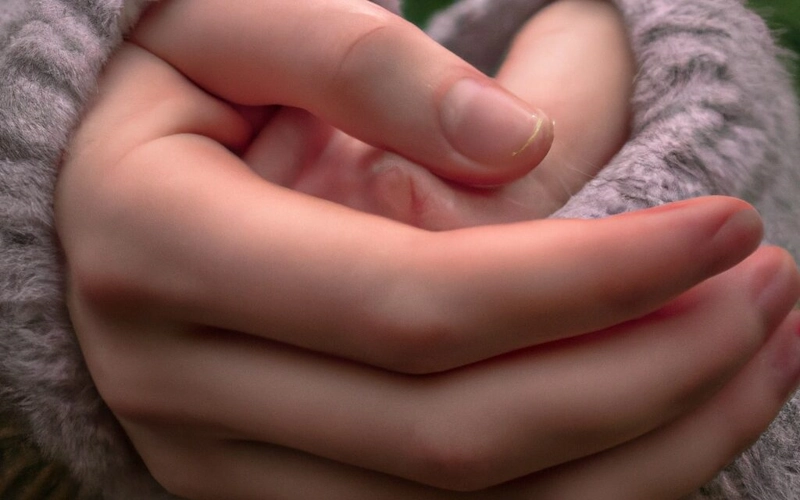5 effects of autumn on osteoarthritis patients and some tips

Autumn is a season that brings with it beautiful landscapes of golden leaves and cooler weather. However, for people suffering from osteoarthritis, this time of year can bring a number of additional challenges. Osteoarthritis is a degenerative joint disease characterized by cartilage wear and tear and joint inflammation.
As the weather turns colder and wetter in the fall, osteoarthritis patients can experience a number of effects that affect their well-being.
- Increased Joint Pain
One of the most noticeable effects of autumn on osteoarthritis patients is increased joint pain. Lower temperatures and higher humidity in the air can make joints more tender and painful.
In addition, cooler temperatures can cause muscles and tendons to contract, which increases pressure on affected joints. Joint pain can hinder mobility and limit the ability to perform daily activities.
Tip: To relieve joint pain in the fall, it is important to keep joints warm and flexible. Wear warm clothing to keep the body warm and apply localized heat to painful areas, such as hot packs or heating pads. Perform gentle stretching and mobility exercises to keep joints flexible and avoid stiffness.
2. Aggravated Morning Stiffness
Morning stiffness is a common symptom of osteoarthritis, but it tends to be worse on cold autumn mornings. Joints may feel especially stiff and difficult to move upon waking. This can affect the ability to get out of bed and start the day comfortably.
Tip: To reduce morning stiffness, consider taking a warm shower in the morning or applying a warm compress to affected joints. Perform gentle stretching exercises in bed before getting up to improve mobility. Consult a physical therapist for a personalized exercise routine to help mitigate morning stiffness.
3 Increased Sensitivity to Atmospheric Pressure Changes
Changes in atmospheric pressure, which are common during the fall, can affect the joint sensitivity of osteoarthritis patients. When atmospheric pressure decreases, such as before a storm, some people may experience increased joint pain and inflammation.
Tip: Stay informed about changes in atmospheric pressure and prepare strategies to manage them. Consult your physician about taking anti-inflammatory medications when significant changes in pressure are expected.
4. Decreased Physical Activity
The colder weather and unpredictable weather conditions of autumn may discourage outdoor physical activity. Osteoarthritis patients may avoid exercise due to fear that the cold and wet will worsen their symptoms.
Tip: Instead of giving up physical activity, adapt your routine to the colder seasons. Look for low-impact activities and avoid those that put extra stress on joints. Swimming lessons or water exercises are often excellent choices, as the warm water can provide relief for joints.
5 .Diet and Weight Changes
Fall often brings with it a variety of comforting and festive foods, but some of these may not be the healthiest. Increased calorie-rich foods and decreased physical activity can lead to weight gain, which puts additional stress on joints and can worsen osteoarthritis symptoms.
Tip: Keep a balance in your diet and avoid excessive high-calorie foods. Opt for a balanced diet that includes foods rich in antioxidants and nutrients that are beneficial for joint health, such as omega-3 and vitamin D. Also, consult a dietitian or nutritionist for specific recommendations for osteoarthritis.
If you are an osteoarthritis patient, fall can present additional challenges in managing your symptoms. However, with proper care and the tips mentioned above, you can alleviate the pain and discomfort associated with osteoarthritis during this season.
Remember, it is important to maintain ongoing communication with your doctor or rheumatologist to develop a personalized management plan that is tailored to your individual needs. With proper care, you can still enjoy the beauties of fall and lead a healthy, active life despite the discomfort of osteoarthritis.

